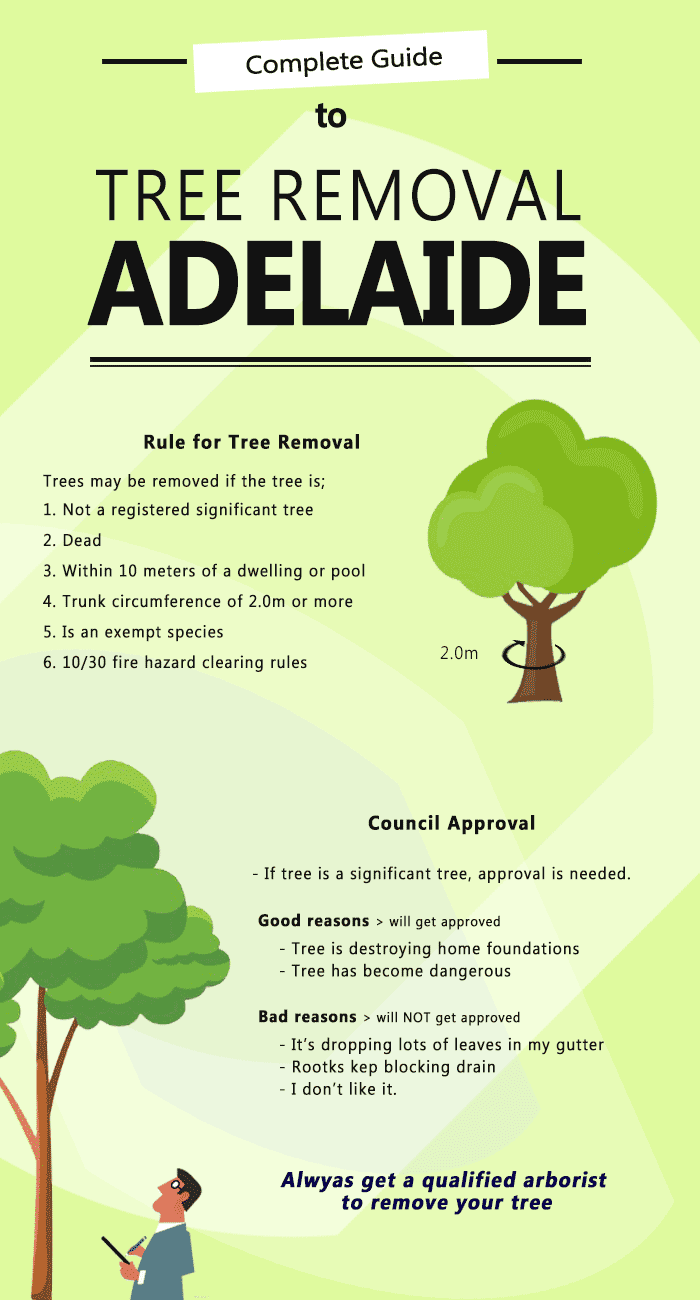Top Signs It's Time To Remove A Tree From Your Residential Or Commercial Property
Top Signs It's Time To Remove A Tree From Your Residential Or Commercial Property
Blog Article
Write-Up Written By-Fagan Baxter
If you have actually discovered indicators like noticeable degeneration, comprehensive damages, or dead branches on a tree in your yard, it might be time to think about removing it. Leaning or unsteady trees can pose a significant risk, and overhanging branches near your home could result in possible mishaps. Nonetheless, there's one crucial facet you should not forget when examining whether a tree needs to be gotten rid of. It's a refined yet considerable sign that might influence not simply your property but additionally the surrounding environment.
Noticeable Decay and Damages
If you discover significant noticeable degeneration or damage on your tree, it may be time to consider removing it from your property.
Noticeable indications of decay, such as huge tooth cavities, deep cracks, or comprehensive rotting locations, can compromise the tree's structure and pose a safety and security risk. Dead branches, peeling bark, or fungal development on the trunk are also signs that the tree's health is endangered.
These issues can make the tree a lot more prone to toppling over during strong winds or storms, potentially causing damages to your residential or commercial property or posing a risk to people close by.
On top of that, trees with significant degeneration or damages might not recuperate even with specialist treatment and upkeep. By immediately addressing trees showing visible indicators of damage, you can prevent crashes and guard your residential property.
Leaning or Unstable Tree
When observing a tree on your residential property that's noticeably leaning to one side or shows up unstable, it's important to examine the situation promptly. Leaning Get More Information can be an indicator of architectural concerns or origin damage that might jeopardize the tree's stability. An unsteady tree poses a considerable danger of falling, potentially triggering damages to your building or presenting a safety and security hazard to individuals nearby.
To determine the seriousness of the scenario, start by reviewing the angle of the lean and whether it has been progressively worsening with time. Examine the tree for any noticeable indications of damages, such as splits in the trunk or subjected origins.
If the tree is leaning due to root issues, it might not be salvageable and can posture a better risk as time takes place.
If https://www.verdenews.com/news/2020/oct/02/village-rotary-club-needs-volunteers-sponsorships-/ notice a tree on your residential or commercial property that's leaning or unpredictable, it's recommended to contact a professional arborist to evaluate the tree's health and wellness and suggest the best course of action, which might consist of tree removal to prevent any possible accidents or damages.
Overhanging Branches and Deadwood
Concerned concerning the trees on your property? Overhanging branches and nonessential can present major risks that suggest it's time to remove a tree.
Branches that extend over your home, garage, or other structures can end up being hazardous throughout tornados, potentially creating damages or injury if they break off.
Deadwood, which are branches that have died and not lose from the tree, can likewise fall suddenly, posturing a threat to any individual below.
It's essential to attend to overhanging branches and nonessential without delay to stop accidents. Routinely inspect your trees for indications of nonessential or branches expanding too far. If https://travispwcgl.blogofchange.com/33605038/take-care-of-the-results-of-tree-removal-by-complying-with-critical-ideas-for-your-lawn-and-figure-out-just-how-to-continue-for-a-well-maintained-outdoor-setting discover any, it's best to have a professional arborist evaluate the scenario. They can securely remove the harmful branches or suggest tree removal if the risks are too high.
Do not ignore overhanging branches and deadwood on your trees. Taking proactive actions to deal with these concerns can prevent possible disasters and keep your property risk-free for you and your family members.
Conclusion
If you discover signs of visible decay, considerable damages, or an unstable tree on your residential property, it's time to take into consideration removing it. Do not wait up until it's far too late and positions a risk to your safety and security and building. Addressing these indication immediately will aid stop potential disasters and ensure a safe environment for you and those around you. Do not be reluctant to consult an expert for assistance in safely eliminating the tree.
